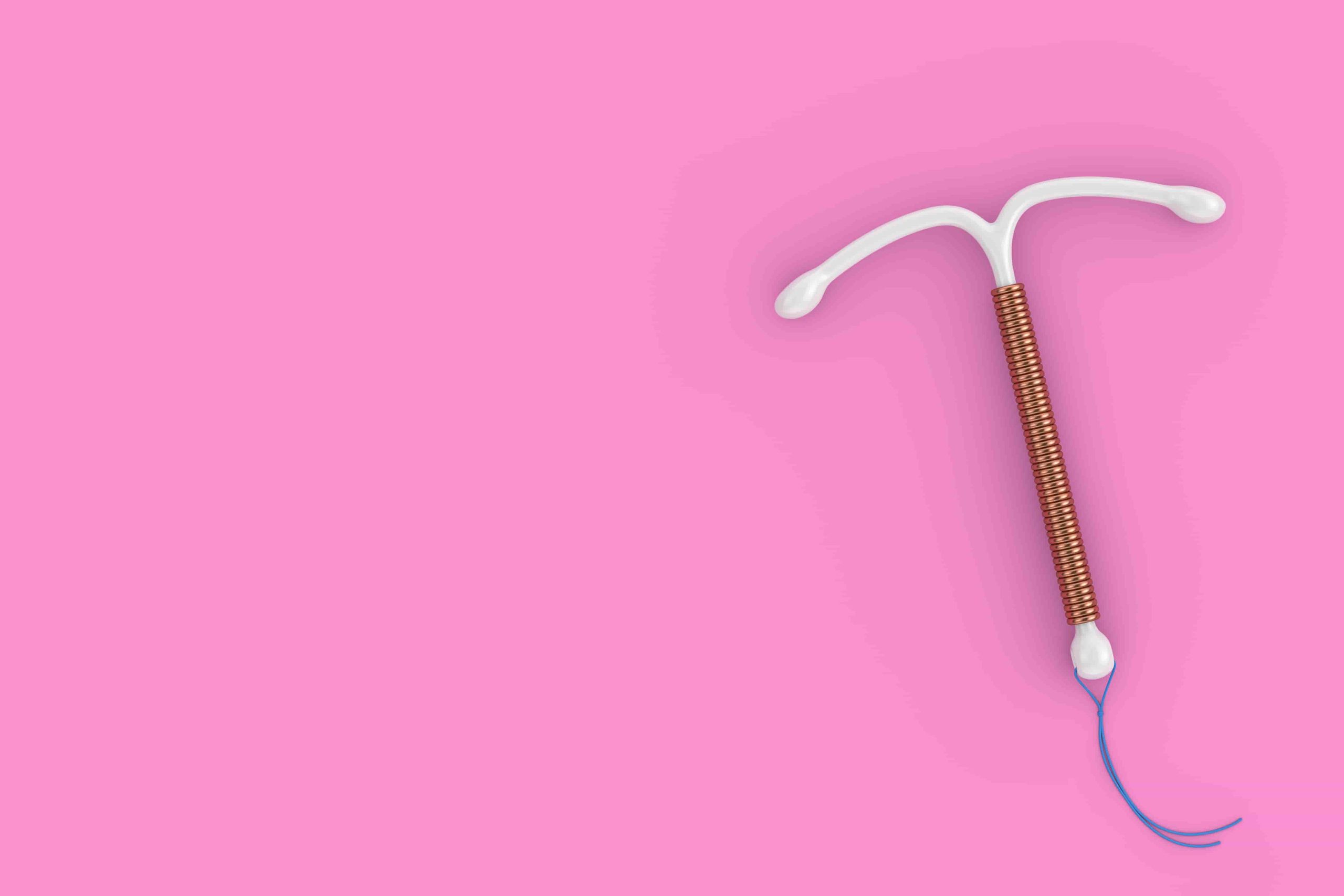What Is It
Emergency contraception includes methods used to prevent pregnancy after sex. It’s best to use them within 3-5 days (depending on the method to be used), but they work better the sooner you take them after intercourse.
Emergency contraception lessens the chances of a woman getting pregnant if taken within the first few days after unprotected sex. It should be taken as a last resort when other contraceptive methods failed or were not used during unplanned sex.
You may want to use it if:
- No contraception was used
- A contraceptive was used incorrectly
- A contraceptive was used correctly but was immediately observed to have failed
- The condom broke, slipped, or was used incorrectly
- Three or more combined oral contraceptive pills were consecutively missed
- More than three hours have passed since the usual time of intake of the progestin-only pill
- You are more than four weeks late for the depo injectable shot
- Withdrawal failed and ejaculation occurred in the vagina or on external genitalia
The Copper IUD
Getting an IUD within 5 days of unprotected sex reduces your chances of pregnancy by over 99.9%, making it the most effective emergency contraception available. Its effectiveness isn’t affected by weight.
IUD as emergency contraception is highly convenient for women and girls who are also considering a long-acting reversible contraceptive method. It provides highly effective contraception for up to 10 years. After insertion as emergency contraception, it may also be continued as a regular contraceptive method, until it needs to be replaced, you decide to have it removed, or you’d want to switch methods.
How It Works
The copper in the IUD makes sperm immobile, preventing them from reaching the egg. Additionally, it may hinder the egg from attaching to the uterus, reducing the likelihood of pregnancy.
Using a copper IUD for emergency contraception doesn’t terminate a pregnancy like abortion does; instead, it stops pregnancy from occurring. If you’re already pregnant, it won’t be effective and may cause more complications if inserted.
How To Use It
Copper IUDs can only be inserted by a healthcare provider within five days after unprotected sex. Contact your Ob-Gyne or local health center as soon as you realize you need emergency contraception.
During your appointment, the healthcare provider will place the IUD in your uterus, and that’s all you need to do. With the IUD, you’ll have effective emergency contraception and long-term contraception in one go.
If you can’t get an appointment for IUD insertion within five days, consider the Yuzpe Method within 72 hours (or three days) after unprotected sex. Although the copper IUD is more effective, doing the Yuzpe Method is better than taking no action at all.
Who Can Use It
Any woman or girl of reproductive age may use emergency contraception to prevent pregnancy. There are no medical reasons why you can’t use it, and there’s no age limit. Generally, if you’re eligible to use a copper IUD as a regular contraceptive method, you can also use it for emergency contraception.
A copper IUD shouldn’t be inserted for emergency contraception after sexual assault because the woman may be at a high risk of sexually transmitted infections (STIs) like chlamydia and gonorrhea. It’s also not suitable for use as emergency contraception if a woman is already pregnant.
According to the World Health Organization (WHO) Medical eligibility criteria for contraceptive use, inserting an IUD may potentially increase the risk of pelvic inflammatory disease (PID) among women with a heightened risk of STIs. The likelihood of STIs varies based on individual behavior and local STI prevalence. Therefore, although many women at increased STI risk can typically have an IUD inserted, those at a very high likelihood of STIs should generally delay IUD insertion until appropriate testing and treatment have been administered.
Some final words…
Choosing a contraceptive method — whether or not as emergency contraception — requires careful consideration. Factors such as lifestyle, medical history, and maybe even personal goals need to be assessed to figure out which method would suit you best. Before making a decision, it’s best to consult a healthcare provider to guide you through each option.
Sources:
WHO. (November 9, 2021). Emergency Contraception. World Health Organization. https://www.who.int/news-room/fact-sheets/detail/emergency-contraception#:~:text=When%20inserted%20within%20120%20hours,form%20of%20emergency%20contraception%20available.
CDC. (March 27, 2023). Classifications for Emergency Contraception. Centers for Disease Control and Prevention. https://www.cdc.gov/reproductivehealth/contraception/mmwr/mec/appendixj.html
Planned Parenthood. (n.d.). How do IUDs work as emergency contraception? Planned Parenthood. https://www.plannedparenthood.org/learn/morning-after-pill-emergency-contraception/how-do-iuds-work-emergency-contraception
Robinson, K. (January 22, 2021). Using a Copper IUD for Emergency Contraception. WebMD. https://www.webmd.com/sex/birth-control/features/iud-emergency-contraception#1-1



